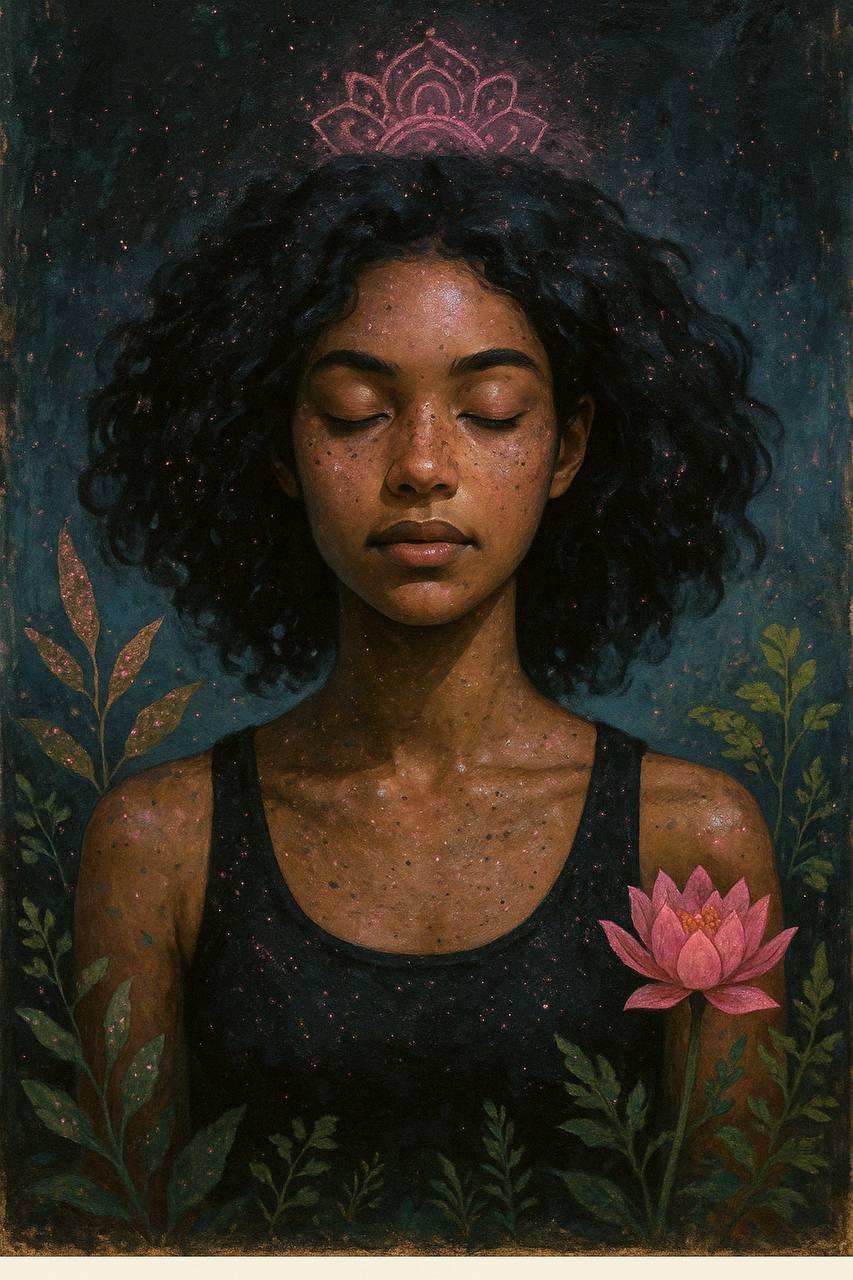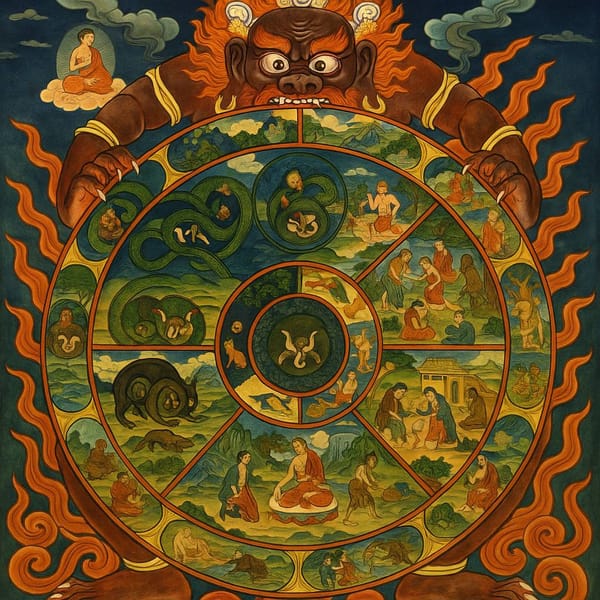The World You See Is a Memory: Predictive Coding, Trauma, and the Sleeping Human

How your brain’s survival system shapes reality, and what it means to wake up.
I. Introduction: The Illusion of Seeing
We think we see the world as it is.
But perception isn’t objective—it’s predicted.
What you experience in each moment is not reality. It’s your nervous system’s best guess—
based on memory, trauma, and survival.
This article explores the theory of predictive coding and its deep implications for trauma, presence, collective reality, and human evolution.
II. What Is Predictive Coding?
Drawing on neuroscience and philosophy, predictive coding proposes that the brain is not a passive receiver of information.
It’s an active forecasting machine. It builds models of the world and continuously tests them against incoming data.
Your brain constructs perception like this:
- It predicts what should be happening.
- It checks reality to see if it matches.
- It uses the difference (prediction error) to update the model—or ignore it if it’s too threatening.
This is how you walk through the world: not sensing, but guessing, constantly, and mostly unconsciously.
III. How Trauma Disrupts Prediction
Trauma freezes the update loop.
When the nervous system experiences overwhelming threat without resolution, it forms rigid predictive models:
- The world is unsafe.
- People are dangerous.
- I will be abandoned.
- I must be perfect or invisible.
Because the system stays in freeze, it cannot tolerate prediction error.
So it stops updating.
And this is the tragedy:
You begin to relive the past as if it’s still happening. Not metaphorically. Literally.
This explains why trauma survivors react to safe situations with panic, mistrust, or shutdown.
The body isn’t reacting to what’s happening.
It’s reacting to what it predicts will happen—based on unresolved memory.
IV. Culture as Collective Prediction Loop
Here’s the part rarely spoken:
Society is made of trauma loops.
What we call politics, religion, media, even “progress”—
is often a grand-scale repetition of unresolved models, passed down through generations:
- Capitalism predicts scarcity.
- Nationalism predicts threat.
- Patriarchy predicts male control = safety.
- Monogamy predicts ownership = love.
These are not “natural.”
They are survival strategies written into culture.
And because most humans are in freeze or fawn, they don’t update.
They live inside ancestral predictions, mistaking them for truth.
V. Presence: The Architecture of Update
So how do we change?
Presence.
Not as a spiritual idea, but as a biological condition.
To be present means to stay with direct experience—long enough for your nervous system to realize:
“This moment is different.”
“This person is safe.”
“This feeling doesn’t need to be shut down.”
That’s how prediction errors begin to land.
And when they do—your model starts to update.
And that is healing.
Not just emotional repair—but a re-write of your perceptual architecture.
VI. Evolutionary Sleep and the Threshold of Wakefulness
Humanity is not stuck because of evil or ignorance.
It is stuck because it is in freeze.
Repeating trauma-based models.
Mistaking prediction for truth.
And calling it reality.
To awaken is not to become enlightened.
It is to become accurate.
It is to step out of inherited loops,
to let the nervous system become flexible,
to tolerate the grief of seeing things as they are,
and to live beyond prediction—in real contact with the field.
Most of the world is asleep.
Not from laziness, but from pain.
But some of us are waking.
And when we do, evolution resumes.
To Change the World, Update Your Model
Healing is not personal.
It’s architectural.
It changes what you see.
And when enough people do that—
reality itself shifts.




